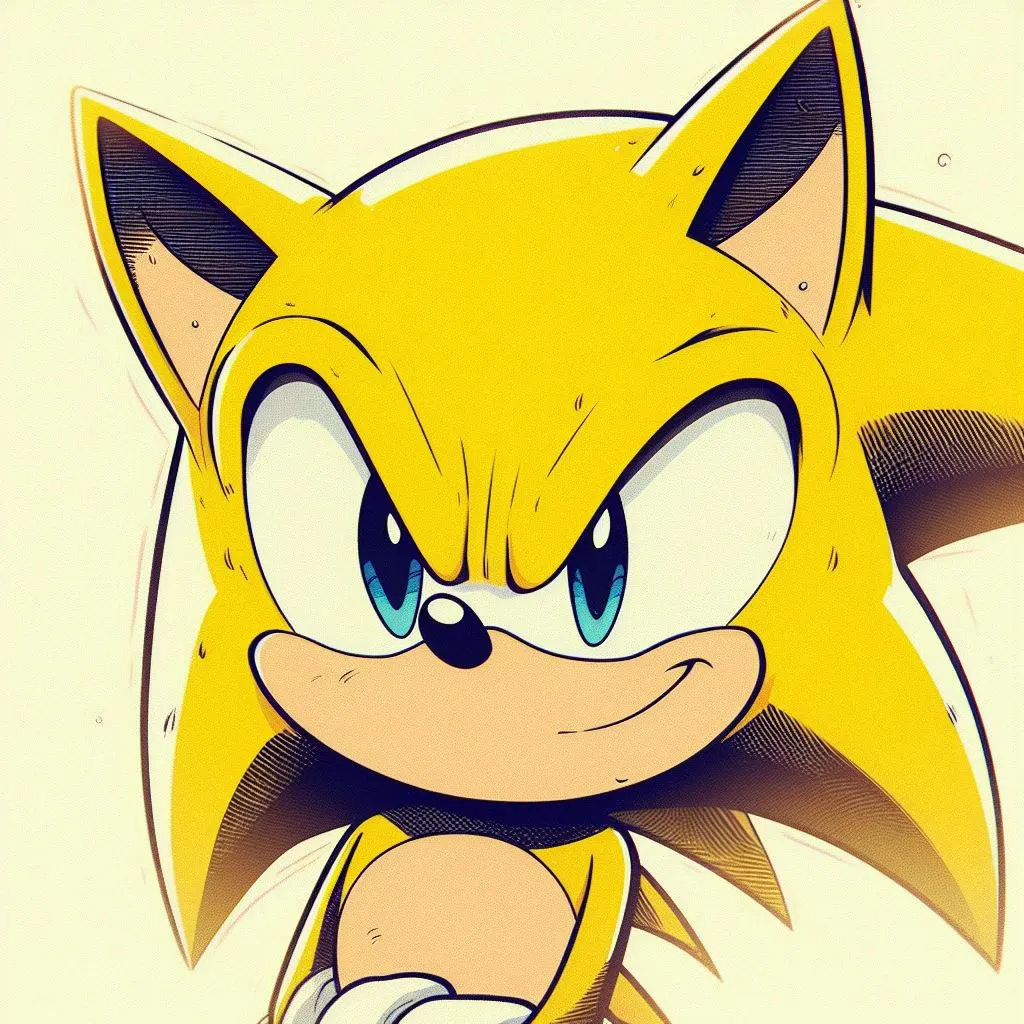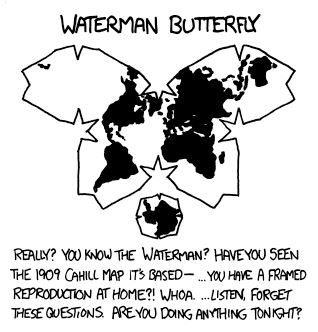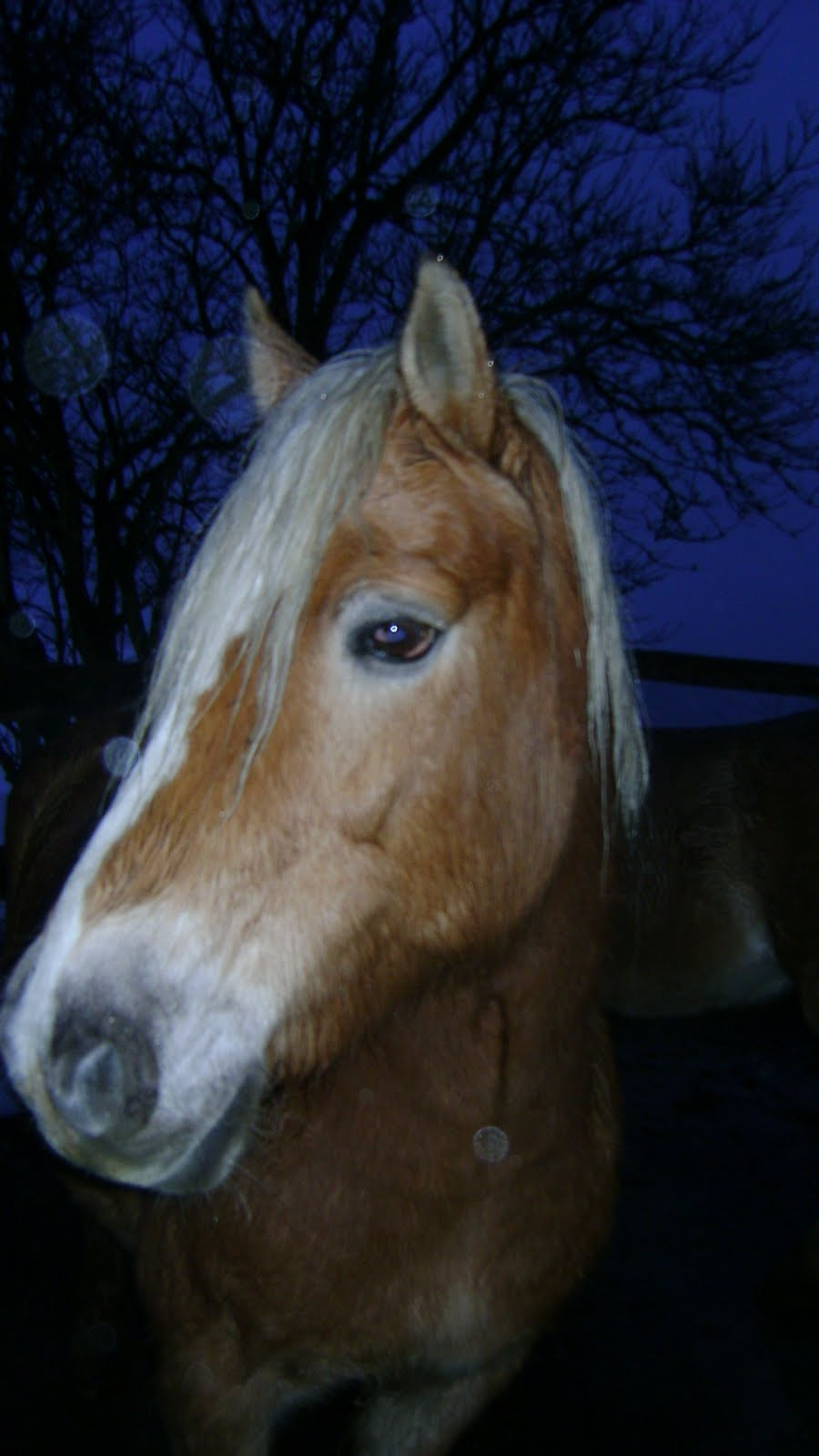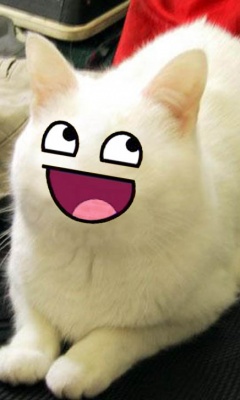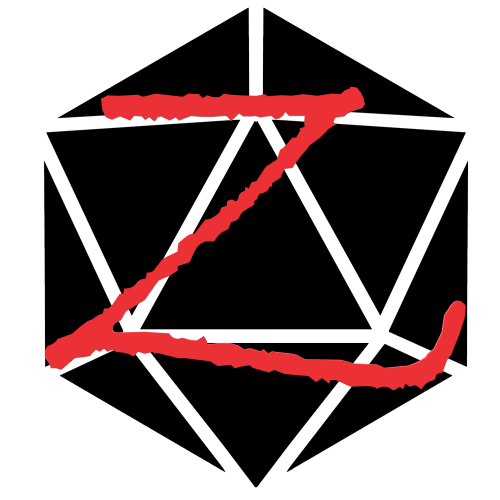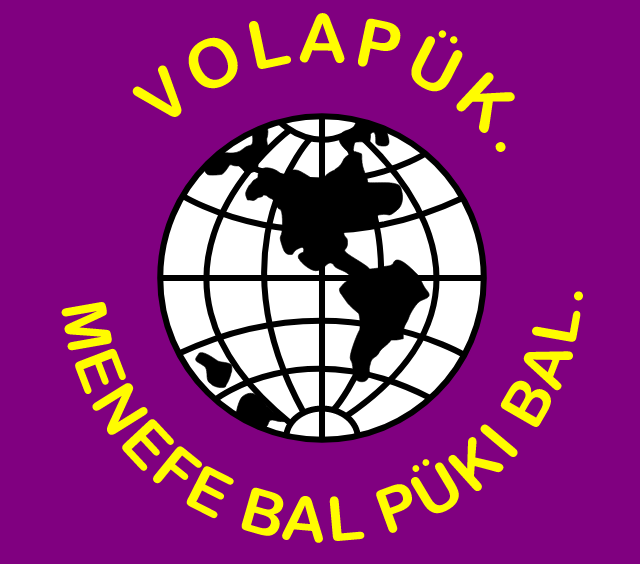I like how they manage to shoehorn Old Norde into the map but ignored Russian and Polish.
At least for my eyes, верблюд and wielbłąd seem to have a different origin than the ones depicted.
Same with Lithuanian kupranugaris which just translates into humpback.
maybe they were not looking to depict oneoffs that did not catch on more broadly
According to Wiktionary, this is the path the word took (from Latin into Polish at least):
elephantus (Latin, “elephant”)
*ulbanduz (Proto-Germanic, “camel”)
𐌿𐌻𐌱𐌰𐌽𐌳𐌿𐍃 (Gothic, “camel”)
*velьb(l)ǫdъ (Proto-Slavic)
Wielbłąd (Polish)
Poles got a germanic word when German didnt lol
East-Germanic languages, as e.g. the Gothic language, were spoken in todays Poland between the rivers Oder and Vistula and are a different (and extinct) branch of the Germanic languages than West-Germanic (German, Dutch, Frisian, English) or North-Germanic (Danish, Swedish, Norwegian, Icelandic, Faroese).
Oh god oh fuck. Shit.
This applies to Czech (velbloud) as well. The thing is, we already call hippos elephants. The Czech word “hroch” is related to the chess piece “rook” in English. What about the Czech name for elephant then? It’s “slon” and it means lion.
The polish word for elephant is słoń, it’s very similar
In Iceland we say both Kameldýr which is similar to the rest of Europe, and Úlfaldi which seems more in line with the Indo-Iranian branch.
Kameldýr
Camel + animal? I wonder, does the element “kamel” resembles any other, non-animal words? (I studied Icelandic a bit as a teen, but it’s been a long time since then.)
Not any word I know about. Chameleons are named Kamelljón (Camel + lion) but that’s just because it sounds like the English word. As far as I know, “kamel” is just loaned directly from other languages.
Very interesting! I wouldn’t mind seeing more maps like this one.
An app that would draw up a similar map for any word you plugged into it would be endlessly fascinating to me.
Apparently Italy still speaks Latin
At least one part of it does
Huh?
He’s referring to the Vatican. But in any case Latin makes more sense here since it’s the movement of the word over time.
Isnt sardinian native “accent” much closer to latin than modern italian or am i missremembering smth ?
Fascinating, in prose and as a map.
It seems キャメル (kyameru / camel) is far more common in Japanese then ラクダ (rakuta).
I wonder if the first word was introduced to Japan by the Portuguese?
Isn’t it Camel(l)o in Portuguese? Also going by the map above?
Interesting that the majority of European languages seem to get it from the Semitic family, rather than from within their fellow Indo-European language family. Etymonline suggests, and the picture reinforces, that it mostly got there via Greek. So I suspect we have Alexander the Great, or possibly earlier interactions between Greek states and Phoenicians, Hebrews, and Arabs, for that borrowing.
Κάμηλος (kámēlos) existed in Greek before Alexander adventures (we find it in Herodotus, Agatharchus or the Septuagint); an etymology book I have says it probably comes from Babylonian, but doesn’t explain why.
an etymology book I have
Name, please. Inquiring word nerds must know more.
It’s a French book but there’s a good etymological dictionary of Greek in English online: https://archive.org/details/etymological-dictionary-of-greek_202306/mode/1up
I’m cool with a book being in French. I have a Spanish language etymological dictionary, too. I kind of collect etymology sources, actually - I’ve got another etymology book of the English language, and even one of Persian.
Which is why your link is going right into my Favorites list. ❤️
My book is an older (and cheaper 😅) version of this book: Pierre Chantraine, Dictionnaire étymologique de la langue grecque
Map is somewhat wrong in the balkans , serbo-croatians uses kamila (as romanians do) much more than deva ( turkic version )
Love this!
I think teve is my favorite. I think we should steal it. On an unrelated note, why is the German the only one capitalized? 👀
german capitalizes all nouns
Really? Interesting, I did not know that!
So cool
Why do we keep leaving New Zealand off the map?
Slash ess
